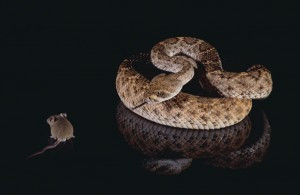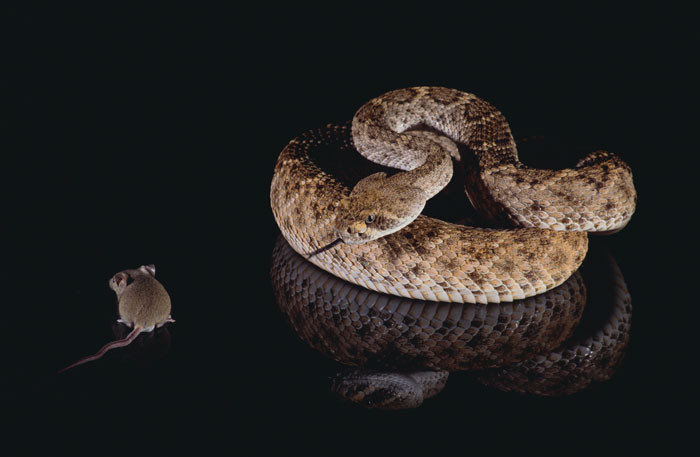As the Rodent Industry Grows, So Do the Standards
Pet Age Staff //December 3, 2013//
“You are what you eat.”
An over-used phrase, perhaps, but one that rings true to Vin Russo, professional snake breeder and author. Like many who have been in the reptile business for a while, Russo started breeding rats and mice to feed his own collection of snakes. 
“In the beginning I used trial and error to cover the trilogy of rodent production: breed, feed and clean,” he said. There really was no set of standards.”
Over the past 25 years, the feeder rodent industry has grown substantially, moving from basements and garages to full scale production and distribution facilities that produce millions of “pinkies, fuzzies, hoppers and pups” for the pet industry. Many reptile breeders produce rodents to feed their inventory while others send animals to retailers, zoos and wildlife rehabilitation facilities.
“The importance to the reptile industry of a steady supply of quality rodents of the right size at the right time cannot be over-emphasized,” Eugene Bessette, a ball python breeder in north Florida, said.
Maintaining that steady supply of rats and mice doesn’t just happen. Russo’s “feed, breed and clean” requires attention to detail in the dietary needs of rodents, putting the right mix of males and females in the right enclosures, and keeping a whole lot of tubs, tubes, walls and floors clean.
At the commercial level, “your reptile colony is, in reality, a direct reflection of your rodent colony,” observes Russo.
In the Community
The feeder rodent industry may be the lifeblood for snake breeders and snake keepers, but it also serves animal collections at zoos and museums and some ravenous raptors at wildlife rehabilitation facilities.
Dino Ferri, general curator of the Virginia Zoo in Norfolk, reports an annual budget of $14,000 for rodents to feed their reptiles and birds. At the Humane Association of Wildlife Care and Education near St. Augustine, Fla., an assortment of raptors and other birds regain their health feeding on rats and mice.
“Our bald eagles will eat 15 frozen mice in a sitting,” Melanie Cain-Stage, HAWKE president, said. “We also have crows and swallow-tailed kites with a taste for pinkies.”
Realizing the critical link between quality rodents and the health of hundreds of thousands of snakes in homes across the U.S., the Pet Industry Joint Advisory Council has published a comprehensive set of Best Management Practices for the production and distribution of rats and mice. It reflect the wisdom of some of the prominent rodent producers and serve as excellent guidance for those contemplating a dive into the feeder rodent pond.
Going beyond the formulas for keeping healthy breeders in a clean setting, PIJAC’s Best Management Practices address the important matter of transmission of disease to humans.
“Although it is uncommon for humans to contract diseases such as salmonella and LCM, lymphocytic choriomeningitis, from feeder rats and mice, it is still important to take precautions at the production facility, in the retail store and in the home,” Dr. Thomas Edling, Petco’s vice president for veterinary medicine, said.
In the unusual event of an outbreak of human illness, the BMP outline steps to identify the sources and prevent further transmission.
“These Best Management Practices represent another example of the pet industry establishing its own standards. In this case, we have set the bar high,” Mike Canning, CEO of PIJAC, said.
Russo puts it succinctly: “this protocol … is of utmost importance to anyone that wants to breed reptiles successfully and properly.”
The BMP document is available for download as a pdf at the PIJAC website.
– Special from PIJAC



















